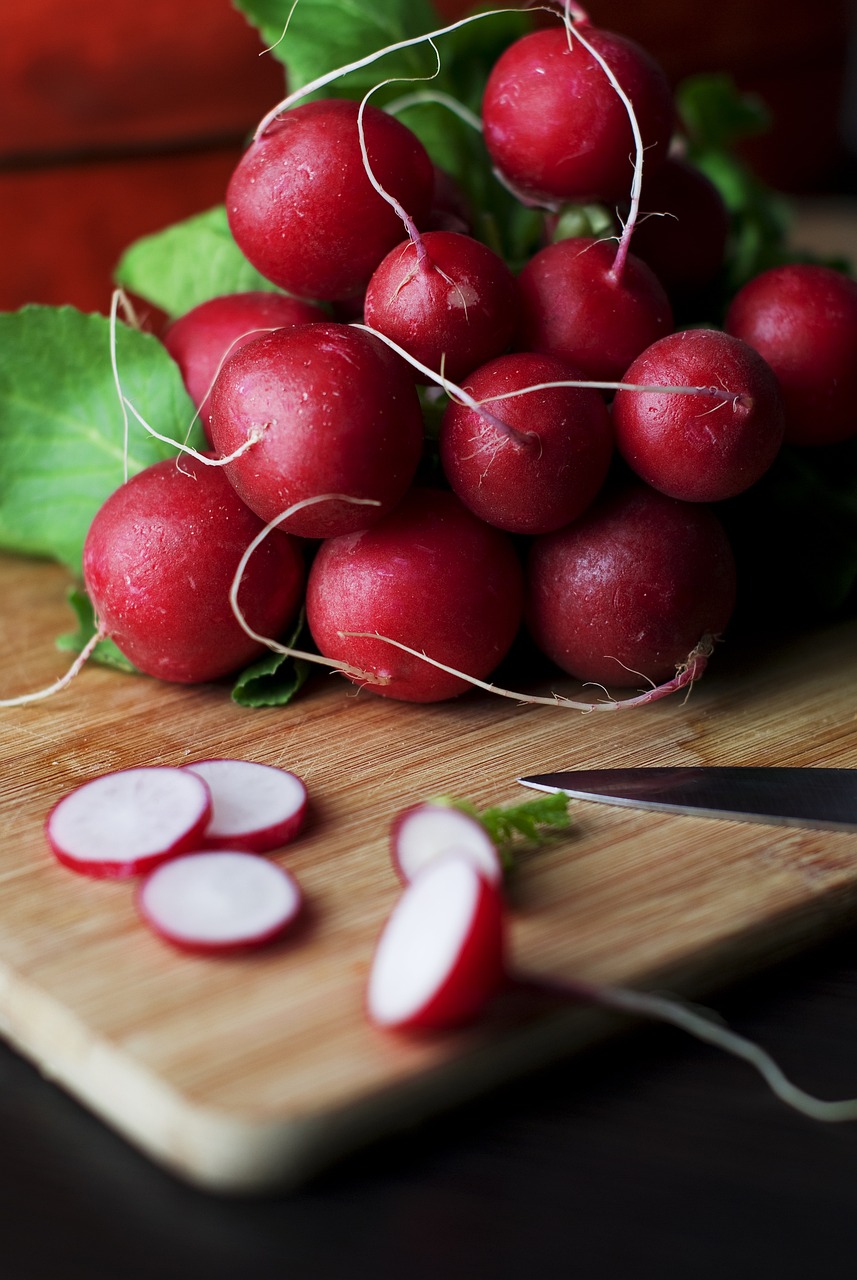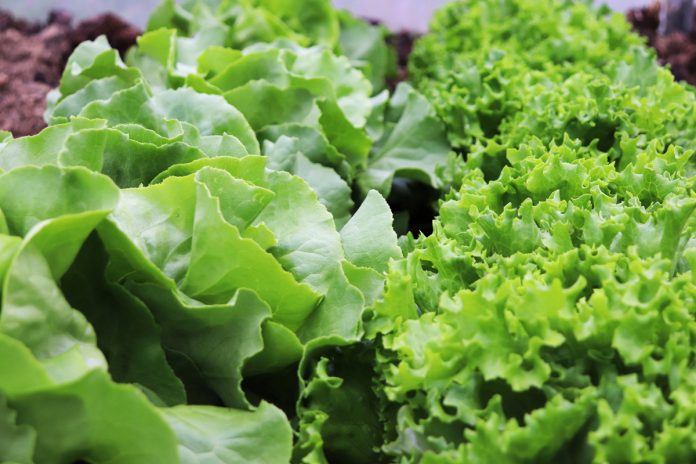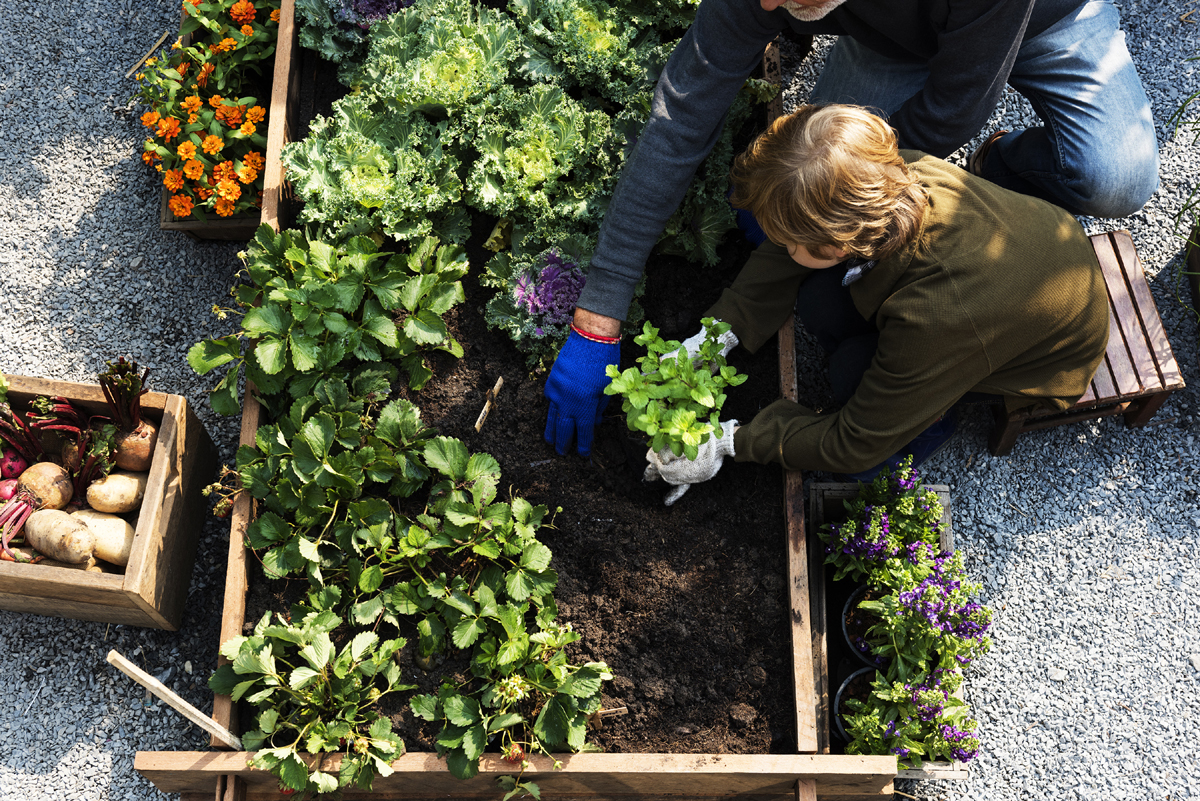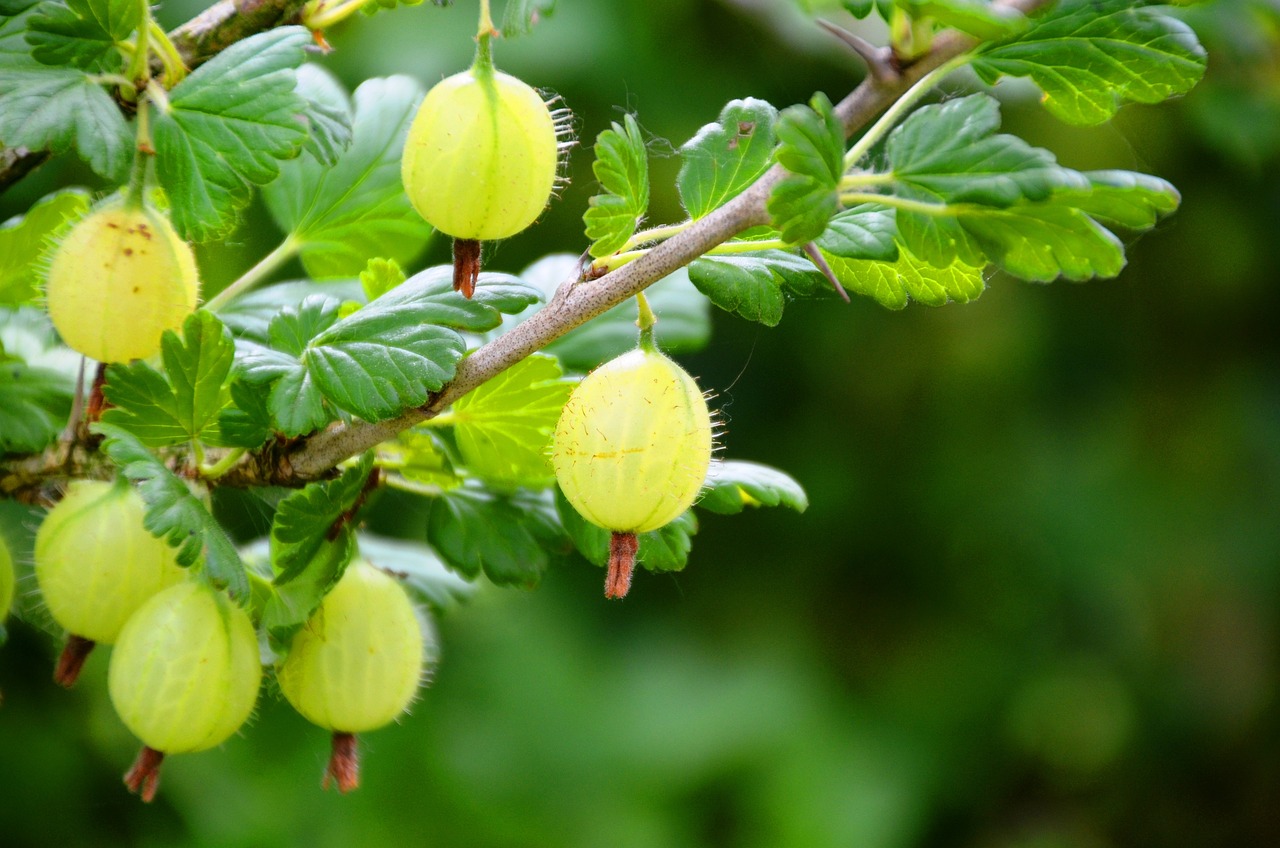How to Grow and Manage Sweet Pepper
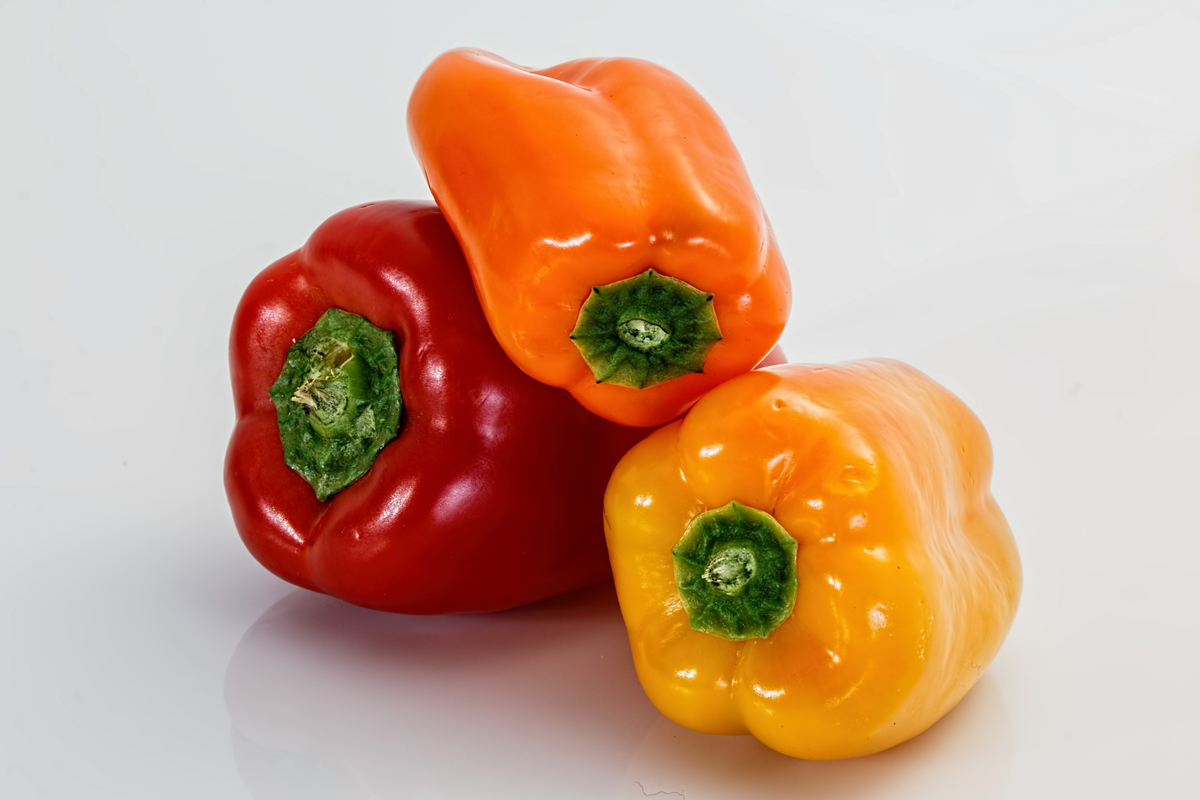
It’s fun and a lucrative home gardening business in growing your own fresh sweet pepper, especially to provide a ready available supply of sweet pepper to your table. Besides being nutritious, it could provide you with a real fresh fruits coming directly from your garden.
You can produce them the way you want it. To grow sweet pepper can be done organically without using chemicals because you’re the one controlling their growth processes.
If you’ll intercropped sweet pepper with other vegetables and common herbs, the occurrence of pests and diseases attack could be totally minimized or even none at all. Companion cropping or intercropping can control pests and diseases attack since they’re protected by the other plants. Insect pests are crop specific, meaning they only attack to certain crop.
When planted with different crops, the possibility of crop failure could be minimized since you’ve different crops grown in one place. If one crop is attack, other crops would be spared.
How to Grow and Manage Your Sweet Pepper
1) Provide a seed box or germinating tray for sowing seeds. Sow the seeds 12 mm or .5 inch deep in the seed trays or germinating tray. Slightly cover the seeds with thin soil to cover them.
2) Cover the seed trays or germinating trays with newspaper or polyethylene plastic. Germination will take about 7-10 days from sowing.
3) After the seeds have germinated, remove the cover. Gradually expose the growing seedlings to the morning sunlight to harden them
4) Prepare a separate seed trays or germinating trays the same manner as when sowing seedlings. Fill with the growing medium and level at least 12 mm or .5 inch below the rim.
5) Use a dibber to form holes about 36 mm or .5 inch apart, the outer ones 12 mm or .5 inch from the sides.
6) As soon as the seedlings are large enough to handle, prick or transfer them to the individual holes in the prepared seedling or germinating trays. This is to provide the seedlings a wider space to avoid over-crowding while in the seedling or germinating trays.
7) Now set the individual seedlings to a growing bags or pots.
8) Support the plants with sticks tied with wires or strings to hold in place.
9) Feed the growing plants every ten days from planting up to the time when the first truss (bunch fruit) is formed.
10) Remove all shoots growing in the angles of the leaves-snap them sideways. Also, gradually remove the lower leaves to induce ripening of the fruits.
11) Harvest your fresh sweet pepper when they’re ripe or dark green when use for cooking chop suey (a Chinese dish). You can give or sell your surplus harvest to your neighbors. And they’ll thanks for your generosity.
See, it’s very easy to grow your own chemically free sweet pepper for your family’s needs.
Try planting your own home grown sweet pepper to have your ready supply for your kitchen. You’re sure you’ll enjoy it.
The Author:
Cris Ramasasa is a retired Horticulture teacher for 29 years and Freelance writer. Writes home gardening tips and resources. Written ebooks titled: Discover How To Get Started In Flower Gardening and Vegetable Gardening Made Easy.
Photo. Steve Buissinne



